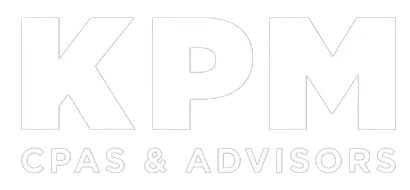For many businesses, accounts receivable (AR) is one of the largest assets on the balance sheet. It represents the cash you’ve earned but haven’t yet collected. Efficient AR management is critical for maintaining healthy cash flow, reducing bad debt, and fueling growth. But a key question often goes unasked: How do your company’s receivables compare to others in your industry? This is where benchmarking comes in.
Why Benchmarking Matters
Benchmarking is the process of comparing your company’s financial and operational metrics against those of peers in your industry. For receivables, benchmarking helps determine whether your collections practices, customer credit policies, and cash management strategies align with competitors. The key is to use data from businesses that closely resemble your own in terms of size, customer base, and industry segment.
Without context, an AR balance or ratio can be misleading. For example, collecting in 45 days might sound reasonable. However, if the industry average is 30 days, you’re financing your customers longer than your competitors are, potentially straining your liquidity. Benchmarking provides a reality check, highlighting areas where you may be lagging and where improvements could quickly boost cash flow.
Three Diagnostic Tools
There are three primary tools you can use to monitor how well your company manages receivables:
- AR turnover ratio. This ratio is computed by dividing net credit sales by your average AR balance. The average balance equals the sum of your beginning and ending AR balances, divided by two. This ratio measures how many times, on average, receivables are collected during a period. A higher turnover suggests more efficient collections. When compared to industry data, it can reveal whether your business is converting receivables to cash as quickly as your peers.
- DSO ratio. A more intuitive way to evaluate AR is to estimate the average days it takes to collect payment after a sale. The days’ sales outstanding (DSO) ratio equals the number of days in the period divided by the AR turnover ratio. For example, if your AR turns 10 times per year, your DSO ratio would be approximately 36.5 days (365 divided by 10). A lower DSO ratio generally means faster collections. If your DSO is higher than industry benchmarks, it could signal overly generous credit terms or collections inefficiencies.
- AR aging report. This report categorizes receivables based on how long they’ve been outstanding. It breaks down the total balance into aging buckets, such as 0 to 30 days, 31 to 60 days, 61 to 90 days, and over 90 days. Benchmarking your percentages in each bucket against industry norms helps identify whether overdue accounts are a common issue in your sector or a problem specific to your business’ collections practices.
The percentage of delinquent accounts (typically those over 90 days outstanding) is another critical number. You may decide to outsource these accounts to third-party collectors to eliminate the hassles of making collections calls and threatening legal actions to collect what you’re owed.
Fraud Risks
When evaluating your company’s AR, you may also need to consider the possibility of financial misstatement or theft. This account involves a high volume of transactions, making it a convenient place to hide fraud. Potential red flags include:
- An increase in stale receivables,
- A higher percentage of write-offs compared to previous periods, or
- An increase in receivables as a percentage of sales or total assets.
In addition to creating phony invoices or customers, a dishonest worker may engage in lapping scams. This happens when a receivables clerk assigns payments to incorrect accounts to conceal systematic embezzlement. For example, a fraudster might steal Company A’s payment and cover it up by subsequently applying Company B’s payment to Company A’s outstanding balance. Then Company C’s payment is later applied to Company B’s outstanding balance, and so on.
Alternatively, a fraudster may send the customer an inflated invoice and “skim” the difference after applying the legitimate amount to the customer’s account. Using separate employees for invoicing and recording payments helps reduce the likelihood that skimming will occur, unless two or more employees work together to steal from their employer.
Turning Insights Into Action
Benchmarking isn’t just about spotting differences — it’s about acting on them. We can help evaluate your company’s AR management, including providing reliable industry-specific benchmarks, brainstorming practical strategies to shorten your collections cycle, and investigating any suspicious trends. Contact us for more information.

